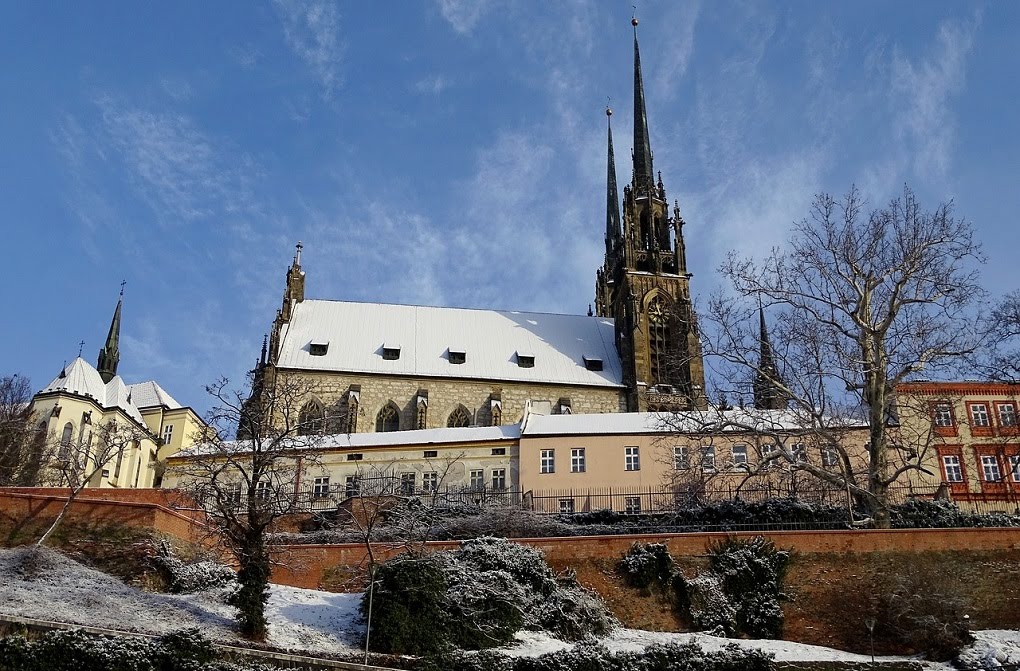Economic Summary of 2022 in Eastern Europe and the Czech Republic

According to Bloomberg, 2022 was a difficult year for all Eastern European economies. The region’s major countries (except for Romania) reported economic decline by the end of 2022, and some even entered a recession.
The primary culprit is the war in Ukraine, which forced Eastern European countries to absorb refugees and triggered a sharp rise in food and energy prices due to the Russian invasion.
When you add record-high inflation (the highest in two decades), elevated interest rates, and supply chain delays caused by the war, the result is negative economic growth.
The negative growth surprised analysts who had optimistic forecasts. They expected Eastern European eurozone countries to avoid recession.
Poland
Poland’s GDP grew by 2% in Q4 2022 compared to the same quarter the previous year, but the country (the largest economy in Eastern Europe) saw a 2.4% contraction compared to Q3. While a slowdown was expected, forecasts predicted only a 0.5% decline.
Retail chains in Poland reported a weak shopping season ahead of Christmas 2022, sparking concerns about what 2023 might hold for Poland and Eastern Europe as a whole.
InPost SA, Poland’s leading logistics company, expects online commerce growth in 2023 to reach only 5–10%, compared to 15–17% growth in 2022.
Hungary
Hungary officially entered a recession in Q4 2022. While the economic decline was milder than expected (only 0.4%), it was the second consecutive quarter of negative growth — thus confirming a recession. Hungary broke two economic records within the EU during this time:
- Consumer price index surged by 25.7% in Q4 2022 compared to the same quarter the previous year — the highest in the EU.
- The Hungarian central bank raised interest rates to 18% in October 2022.
Since 2010, Prime Minister Viktor Orbán has been implementing changes that contradict EU democratic values — such as constitutional amendments, increasing influence over various sectors (media, judiciary, education, culture, and economy), appointing allies to formerly independent institutions, and nurturing ties with Russia and China.
Due to the EU’s internal oversight mechanism, EU funds designated for Hungary (worth $30 billion) were frozen over concerns about the erosion of the rule of law.
Economic analysts predict Hungary’s recession will be short and shallow, though there is a real risk of continued negative growth into Q1 2023.
Czech Republic
In the last quarter of 2022, the Czech Republic experienced a negative growth rate of 0.3% — a deeper contraction than expected, pushing the country into a recession. However, compared to its Eastern European neighbors, this was the lowest negative growth rate (excluding Romania).
Romania
Romania’s economy grew by 1.1% in Q4 2022, with GDP increasing by 4.6% compared to the same quarter in 2021. The country’s economic success was attributed to two main factors:
- A shift from a consumption-based economy (formerly the main growth driver) to public sector investments — a trend expected to continue in 2023.
- An increase in foreign direct investment, reaching a record of €11 billion (approx. $11.8 billion).
Although Romania was the only Eastern European country to escape 2022 unscathed, forecasts suggest that the local economy will slow down in 2023, with growth expected to reach just 2.1%.




